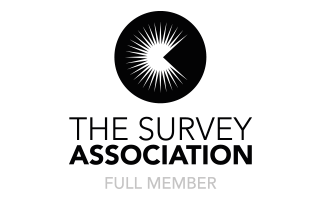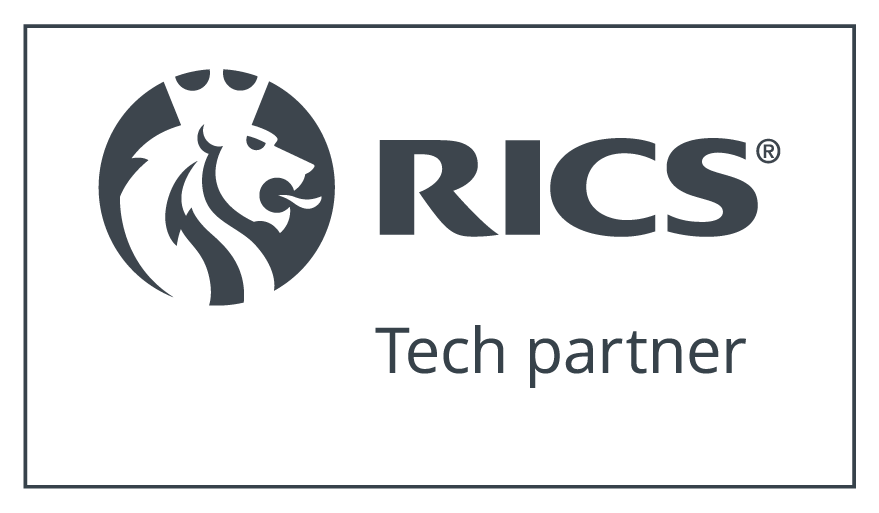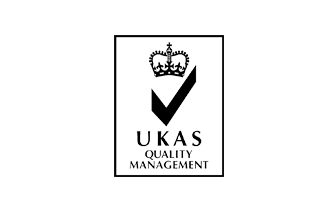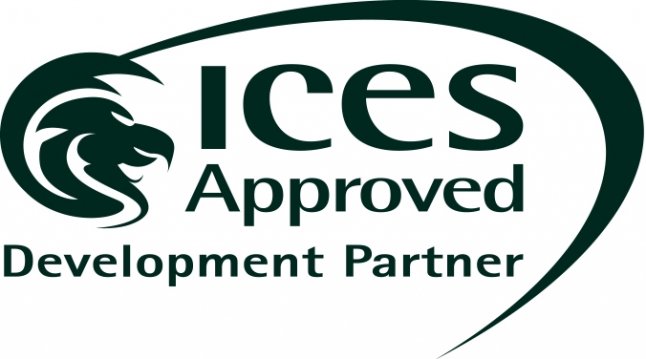BOUNDARY SURVEYS
An imaginary or invisible line dividing one person’s property from that of another.
What is a boundary survey?
A boundary survey is usually needed if there is a dispute between two or more parties who disagree on the location, ownership or liabilities of a boundary. A boundary survey and appropriate analysis provides a robust way of establishing the facts to help resolve these disputes in a calm and professional manner.
Working under RICS regulation and adhering to best practice, our calm and independent approach will provide all parties with confidence in the reliability of the information that we provide. In circumstances where there may be a breakdown in trust and communication between disputing parties this is central to amicable resolution.
There are several approaches that can be taken to help resolve a boundary dispute:
Advisory Report
An advisory report is the logical first step in determining the facts of the situation. This is usually comprised of a site survey and desktop analysis against the documentary evidence. The report will outline our professional opinion on the situation at hand, and will provide an informed view that can be used as a decision-making tool in judging whether to proceed to litigation or engage in open dialogue with the other parties.
This type of report will usually be required by your insurer, in the first instance, should you be wishing to call on your household insurance to manage and fund a claim.
Following on from the advisory report the next steps are typically as follows:
Boundary Agreement/Determined Boundary
If all parties agree on how the matter is to be resolved, then an agreement can be drawn up either between yourselves or by your solicitors (we recommend that your solicitors are involved). There are two routes that can be taken at this point;
1) Formal Boundary Agreement – This agreement would bind the parties to the outcome but would only persist for the lifetime of the signatories.
2) Determined Boundary Application – This agreement requires a specific type of plan with coordinates and dimensions applied as well as a declaration by the Surveyor confirming the reliability of the data. This is then formally logged by HM Land Registry against the affected titles and is bound to the titles forevermore.
Litigation and Court Determination
If you are unable to resolve your dispute amicably the next step is to consider litigation and possible determination by a Judge. This recourse should not be considered lightly as the costs involved may be significant. If litigation is anticipated, then it is likely to be prudent to produce a report that complies with the requirements for using in court as Expert Witness evidence. This is known as a Civil Procedure Rules Part 35 (CPR35) compliant report.
This report will contain the same advice and guidance detailed in the advisory report but includes several formatting and declaration requirements. We will also ensure that the Chartered Surveyor who authors the report attends site prior to forming an opinion. It is important to understand that the duty of an Expert Witness is wholly to the Court. This responsibility is taken very seriously.
If you believe that litigation is likely then it is advisable to have a solicitor in place as soon as possible and for any instructions to come directly from them. This is to protect legal privilege.
Why Us?
As Chartered Land Surveyors, Malcolm Hughes has the qualifications, expertise and experience to offer specialist surveying services in relation to boundary disputes in both domestic and commercial environments. We have a team specialist Boundary Surveyors who can act as expert witnesses and are regulated by the RICS and provide true national coverage.
Our surveyors are cognisant of current best practise and are familiar with the nuances of both Scottish and English/Welsh Courts and Tribunals.
What do we do?
With expertise in mapping and measurement, a land surveyor’s work in a dispute involves accurate measurement of the area of dispute, assessment of available documentation and interpretation of how the documented boundary relates to existing features.
With a growing workload in this field, we deliver reports compatible with Civil Procedure Rules part 35 (CPR35), detailing the documentation that we have reviewed, our method of work and the conclusions that we have made from the information available.
The key to our success in resolving disputes is providing accurate analysis along with clear and informative plans that present factual information. We pride ourselves in the quality and clarity of the plans that we produce and the quality of our analysis.
How does this look for you as a client, what can you expect?
We provide as standard
To help us provide the most robust and reliable assessment of the situation we recommend you have the following ready available for us to review:
This is a general approach and may need to be altered to your specific needs, this will be determined by your Boundary Surveyor.















